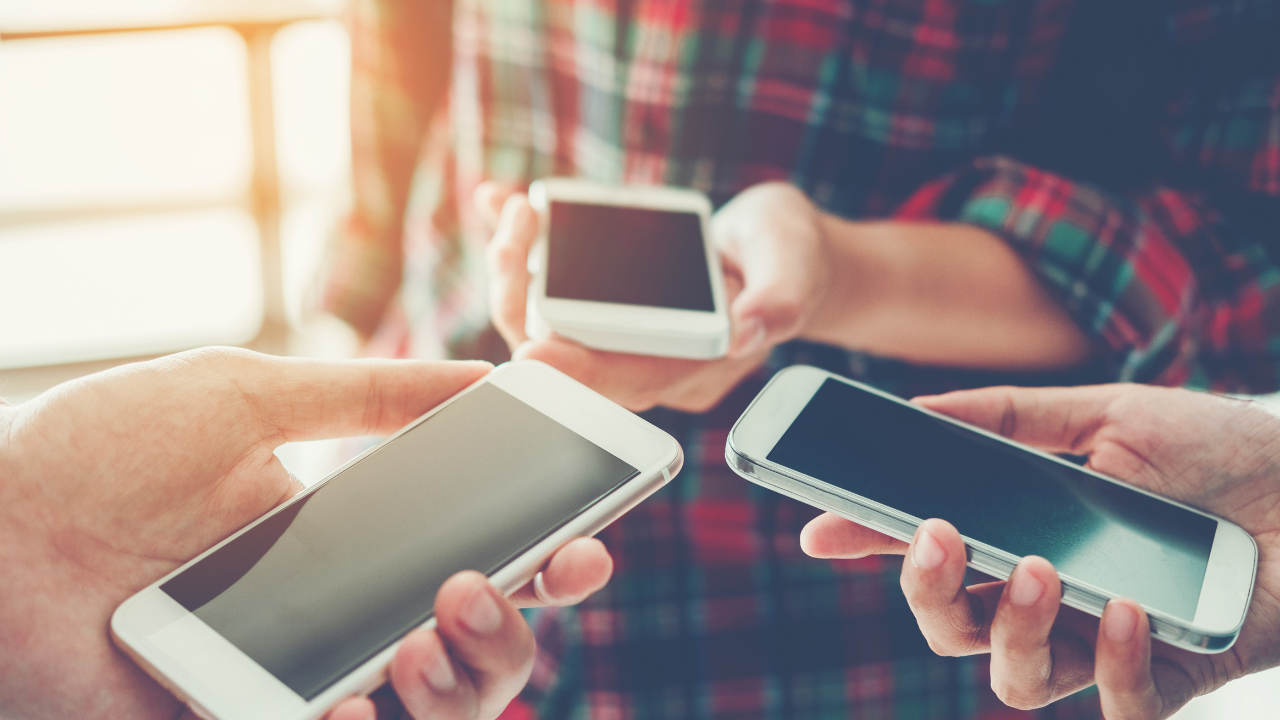What is the Lifeline Program?
The Lifeline Program is a vital federal initiative in the United States aimed at ensuring that low-income households have access to essential telecommunications services, specifically discounts on phone and internet services. Established in 1985, the Lifeline Program was created to combat the significant barriers high communication costs present to underserved communities. By offering these discounts, the program strives to bridge the digital divide, helping to ensure that all individuals and families, regardless of their financial status, have the ability to communicate and access critical services that are increasingly available in the digital realm.
Historical Significance
Originally initiated as part of the Universal Service Fund (USF), the Lifeline Program was conceived in a time when telecommunication access was becoming increasingly crucial for everyday life. The rise of the information age placed a premium on connectivity, underscoring its importance for various aspects of human activity—education, healthcare, employment, and personal communication. Before Lifeline, many low-income Americans struggled to afford basic phone services, often leading to isolation and disenfranchisement.
As technology advanced and society became more digitized, the Lifeline Program has evolved to meet the changing needs of the population. The addition of wireless services in 2005, alongside the incorporation of broadband internet access in 2016, illustrates a significant shift in focus. This evolution acknowledges the transitional landscape of how people communicate and interact, moving away from solely landline connections toward versatile wireless solutions and internet connectivity.
Research has shown that access to telecommunications services is crucial in promoting employment opportunities. For example, job searches and applications are predominantly conducted online, meaning that individuals without reliable internet access face substantial disadvantages. The Lifeline Program aims to mitigate these barriers by providing discounted services, thereby facilitating better engagement in both the job market and the modern economy as a whole.
Purpose and Goals
The overarching goal of the Lifeline Program is to promote social equity and inclusion by ensuring that no household is disconnected due to financial hardship. By providing access to telecommunications, the program seeks to enhance life quality and support various aspects of everyday living, ensuring that low-income households can interact with the digital world on an equitable basis.
Access to communication services is not merely about the ability to make phone calls or browse the internet; it encompasses crucial functions such as receiving health-related information, engaging in ongoing education, maintaining social connections, and accessing emergency services. Each of these functionalities serves as a lifeline in times of personal or communal crisis and fosters community resilience.

Next Page
You May Also Like
-

What is the Lifeline Program?
Initially established as part of the Universal Service Fund (USF), Lifeline began with the straightforward objective of providing discounted landline telephone services to low-income households.
-

How Free Internet Services Can Help Low-Income Families Stay Connected
Free internet services can dramatically reduce financial strain for low-income families by relieving them of the burden of internet costs and enabling better financial management. This, in turn, enhances their overall quality of life and affords them greater financial stability.
-

How to Qualify for Free Internet and WiFi in Your Area
Learn how to qualify for free internet and WiFi through programs like ACP and Lifeline. Discover eligibility criteria, application steps, and benefits for low-income families.
Popular Blog
-

Affordable Alternatives When You Don’t Qualify for Free Government Phones in the U.S.
Don’t qualify for a free government phone like Lifeline? This article explores affordable options for staying connected. Discover prepaid plans, discounted deals, the used phone market, and how to leverage free Wi-Fi and community resources to maintain essential communication on a budget.
-

How to Get a Free Tablet from Government Programs
In this article, we’ll explore these programs, the types of tablets you can get, and the carriers currently participating in these initiatives.
-

How to Check Your Eligibility for Free Cell Phones and Services
Learn how to check your eligibility for free cell phones and services through programs like Lifeline and ACP. Discover income-based requirements, application steps, and benefits.





